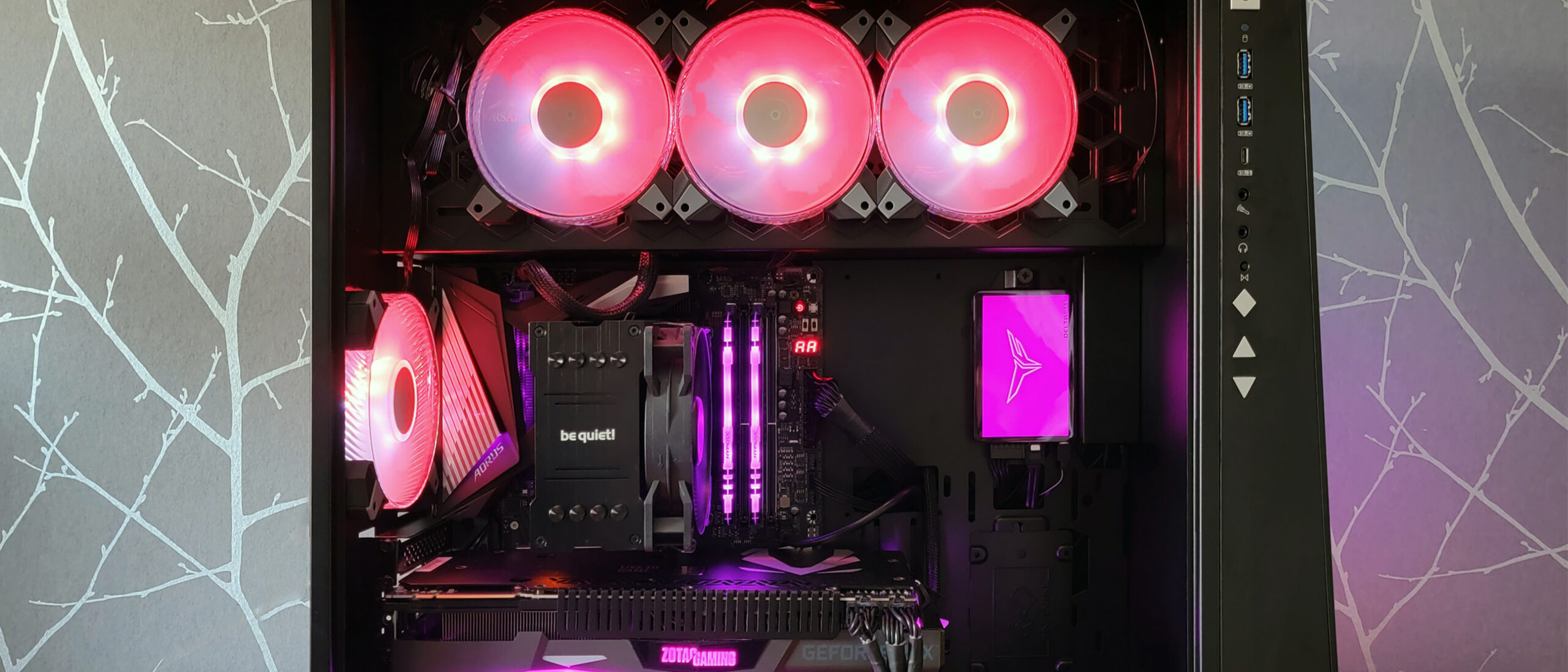Have you ever wanted to build a custom PC? It can be a daunting task, but also an exciting one! Before you take on this challenge, there are many things that you should know.
In this article, we will provide you with an overview of the different components that you need to build a custom PC. We’ll also talk about how to choose the right parts, assemble them together, and troubleshoot any potential issues along the way.
Understanding the Different Components
Before you start building your custom PC, it’s important to understand the different components that go into it. Here are some of the most common components that are necessary:
- Motherboard – This is the central component of any system, as it connects all of your other components together. It determines how powerful and fast your PC will be. If you plan on gaming, you’ll need a motherboard that can handle multiple graphics cards and lots of RAM.
- Processor – Also known as the brain of your PC, this is the component that will determine how powerful it is overall. A fast processor is essential for any gaming PC, but a slower one may be fine for basic tasks like web browsing or word processing. You’ll want to look for processors that fit your budget and still have the features you need.
- Graphics Card – This component is essential for gaming, as it determines how good your visuals will be. If you plan on playing more than just basic games, you’ll need a graphics card with enough power to handle them.
These are just a few of the components that you’ll need to build your custom PC. There are many more, and it’s best to do some research before purchasing any components so that you get exactly what you need.
Choosing the Right Components
Once you know what parts you need, it’s time to start choosing them. When selecting components, you want to make sure that they are compatible with one another. You also want to consider your budget, as some parts can be quite expensive.
When choosing the best custom pc builder, look for one with a good reputation and lots of positive reviews. This will ensure that you get quality components at a price you can afford.
Assembling the Components
Now that you’ve chosen all of your components, it’s time to put them together. Building a custom PC can be tricky and requires some technical knowledge, so make sure you read up on how it’s done before attempting this yourself.
Here are the steps you’ll need to follow:
- Put together the motherboard, processor, and RAM in the correct order.
- Install the graphics card, sound card, and other components according to the instructions.
- Connect all of your cables in the correct order (power supply cables first).
- Boot up the PC and make sure everything is working correctly.
- Install the operating system, drivers, and any other software you need.
Troubleshooting Any Issues
If your custom PC doesn’t work properly or has any issues with it, you’ll need to troubleshoot them as soon as possible. Here are some tips to help you out:
- Check that all of the components are installed correctly and that they’re compatible with each other.
- Make sure all of the cables are connected properly and firmly.
- Try resetting your PC by turning it off and then back on again.
- If there are any error messages, try to research what they mean.
- Try using a different monitor or cable if the display is not working properly.
Building your own custom PC can be an exciting and rewarding experience, but it’s important to understand the different components and how to assemble them correctly before taking on this challenge.
With the right knowledge and skills, you can confidently take on the task of building a custom PC and reap the rewards afterward!
